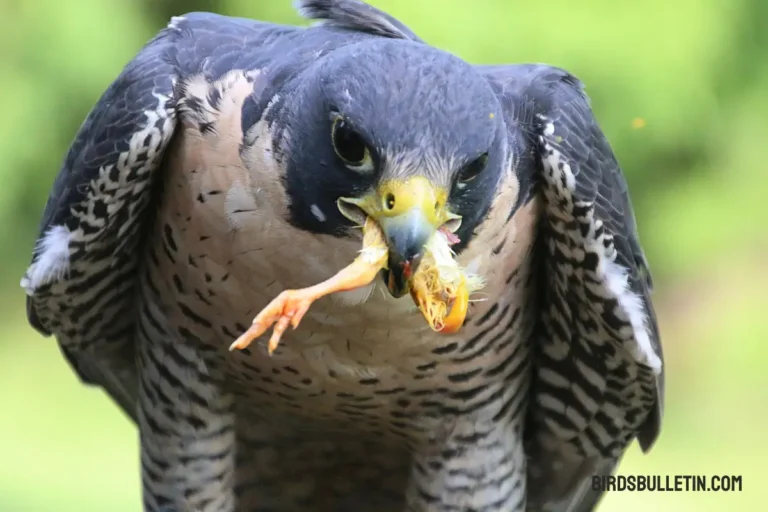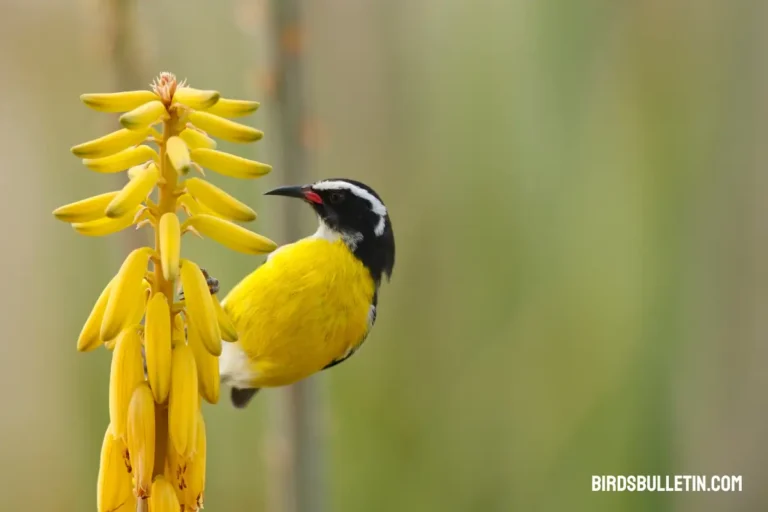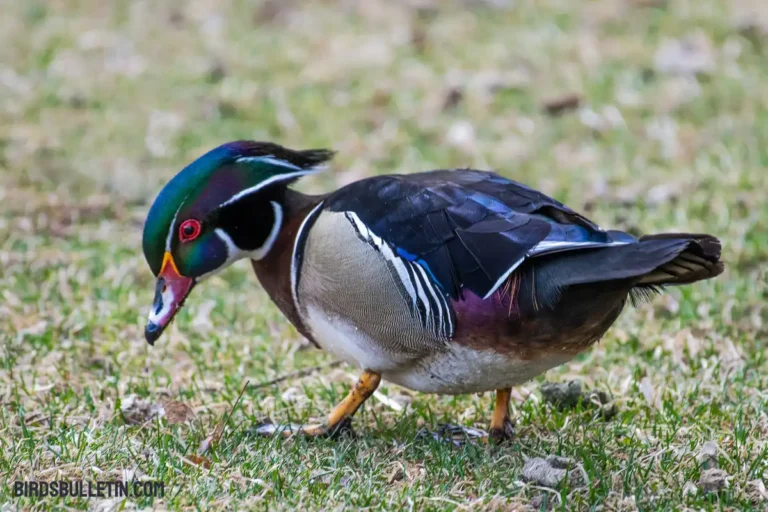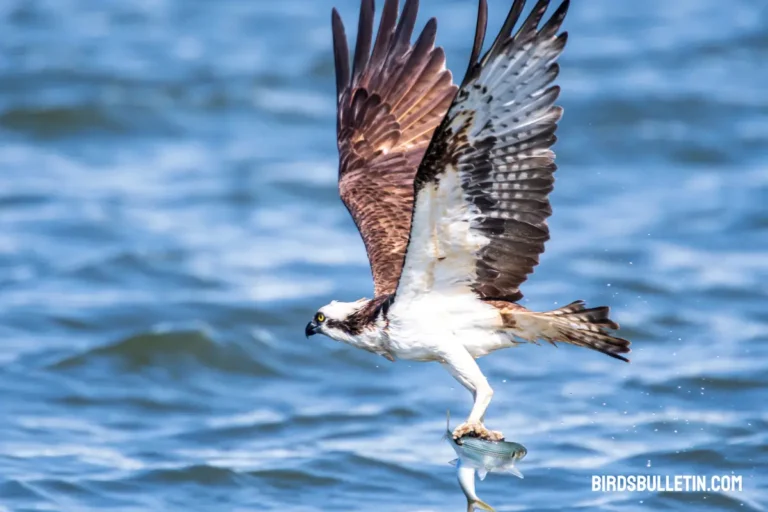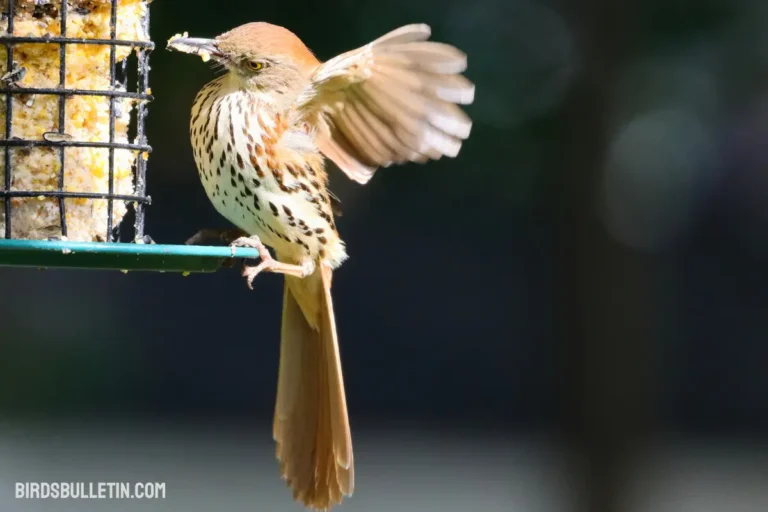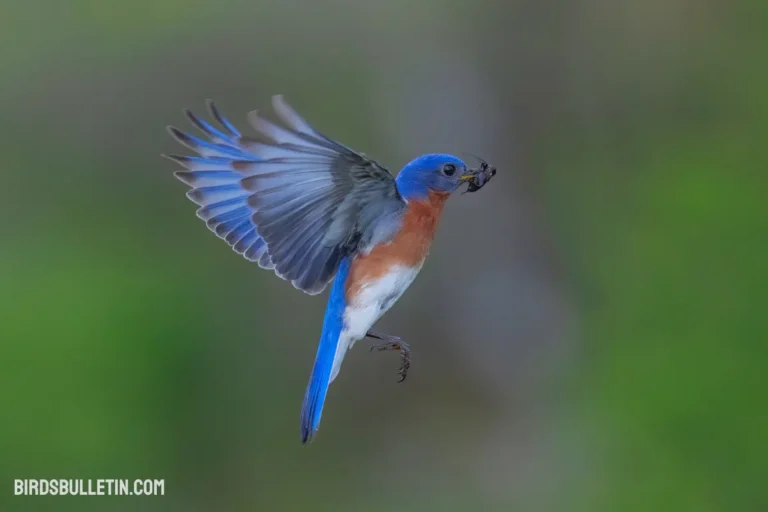What Does the Common Loon Eat?
The common loon is an expert fisherman, built to pursue freshwater fare. Its spear-like bill and streamlined body allow the loon to dive and catch prey.
But what exactly does the common loon consume across the seasons and stages of life? Let’s take a closer look at the feeding ecology of this fascinating waterbird.
Looking for more articles about birds’ food and diet
Favorite Food: A Table of Culinary Delights
| Food Item | Prevalence in Diet |
|---|---|
| Fish | Predominant, especially during breeding season |
| Crustaceans | Common, providing essential nutrients |
| Aquatic Insects | Regularly consumed, especially by chicks |
| Amphibians | Occasional, depending on availability |
| Small Mammals | Rare, observed in specific circumstances |
The common loon mainly eats fish like perch, sunfish, and trout. It also hunts crayfish and aquatic insects such as dragonfly larvae.
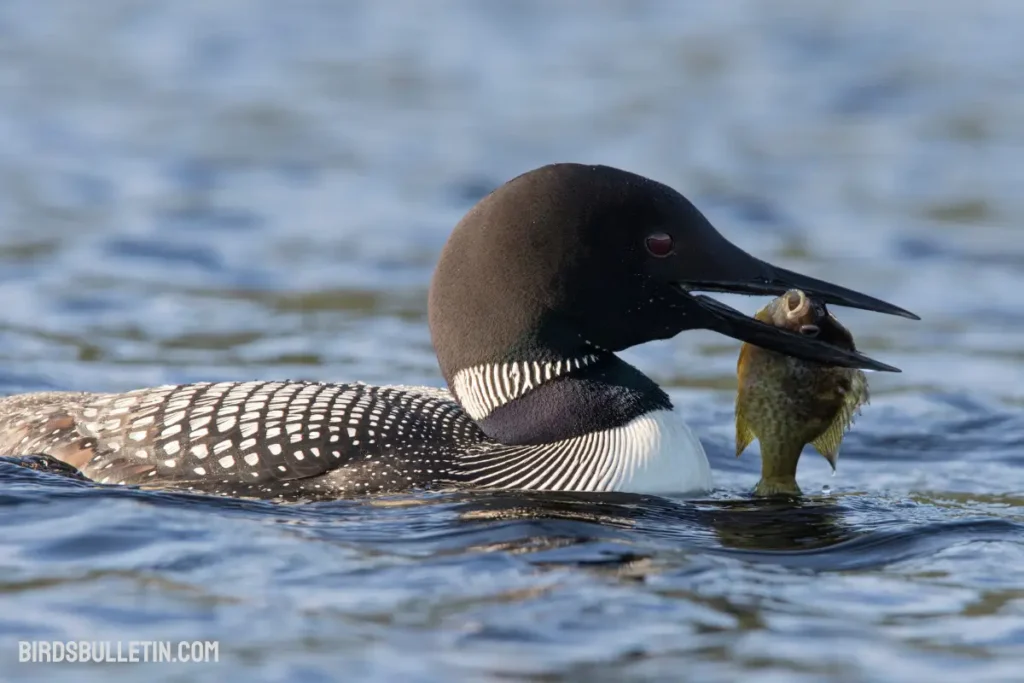
Loons sometimes catch small frogs and amphibians too. While less frequent, there are cases of loons catching small mammals to eat.
How Do They Gather Food?
Diving – Loons will dive underwater to catch fish. They use their sharp bill to spear fish near the surface or chase them underwater for up to a minute at a time before resurfacing. Fish like trout, perch, and bass are common loon prey.
Surface Feeding – Loons will also pick small fish and invertebrates right off the surface of the water while swimming. They simply scoop up these small meals in their bill as they encounter them.
Shoreline Foraging – In addition to fishing, loons will sometimes come inland and forage along shorelines and river banks for frogs, mollusks like snails and mollusks, insects, and aquatic plants.
Their diet shifts towards more of these non-fish foods during the summer breeding season when in shallow ponds and lakes.
Loons are pursuit divers, using their strong feet and pointed bills to relentlessly chase down quick fish. They are able to see well underwater thanks to an extra clear eyelid that acts like goggles.
Their streamlined body shape also helps them dive and swim effectively on fishing expeditions. Fishing ability tends to improve with age and experience in loons.
Seasonal Shifts
While the staples stay consistent, proportions and diversity of consumed prey flux across seasons and regions. Some studies found higher crayfish in summer diets with frogs and insects dominating spring samples.
Spawning fish get targeted come late summer. On coastal wintering grounds, saltwater fare like anchovies, smelt, and even small crustaceans filter in. Harsh winters likely create seasonal scarcities shaping yearly dietary flexibility.
What Do They Eat in the Winter?
As winter approaches and the lakes freeze over, Common Loons face a challenge in their quest for food. Unlike the warmer months when fish and other prey are abundant, winter demands a shift in dietary habits.
During this season, Common Loons often migrate to coastal areas or large bodies of open water where they can find suitable prey. Their winter diet may include a variety of fish, and they may also consume invertebrates and mollusks.
What Do Their Babies Eat?
The dietary needs of Common Loon chicks differ from those of their parents. As precocial birds, loon chicks are born with their eyes open and are capable of swimming shortly after hatching.
Their diet primarily consists of small fish and aquatic invertebrates provided by their attentive parents. The parents play a crucial role in guiding their chicks to suitable foraging areas and teaching them essential skills for independent survival.
Frequently Ask Questions
01. Do Common Loons only eat fish?
While fish make up a significant portion of their diet, Common Loons also consume crustaceans, aquatic insects, amphibians, and, on rare occasions, small mammals.
02. How deep can Common Loons dive to catch prey?
Common Loons are exceptional divers, capable of reaching depths of up to 200 feet (60 meters) in search of prey.
03. Do Common Loons eat the same food in different regions?
Their diet can vary slightly based on the availability of prey in different regions, but the core elements such as fish, crustaceans, and insects remain consistent.
Conclusion
The Common Loon’s dietary preferences offer a glimpse into the intricacies of its ecological niche. From the efficient pursuit of fish beneath the water’s surface to the adaptability displayed in winter migration, these birds showcase an amazing set of behaviors that contribute to their survival.
References
- Piper, W. H., & Klich, M. (2010). Common Loon (Gavia immer), version 2.0. In The Birds of North America (A. F. Poole, Editor). Cornell Lab of Ornithology.
- Evers, D. C., Savoy, L. J., DeSorbo, C. R., Yates, D. E., Hanson, W., Taylor, K. M., … & Munney, K. (2008). Adverse effects from environmental mercury loads on breeding Common Loons. Ecotoxicology, 17(2), 69-81.
- Mager, J. N., Gerson, A. R., & Connon, R. E. (2019). Metabolic compensation and thermal adaptation in sunfishes from different thermal regimes. Journal of Experimental Biology, 222(10), jeb201020.


